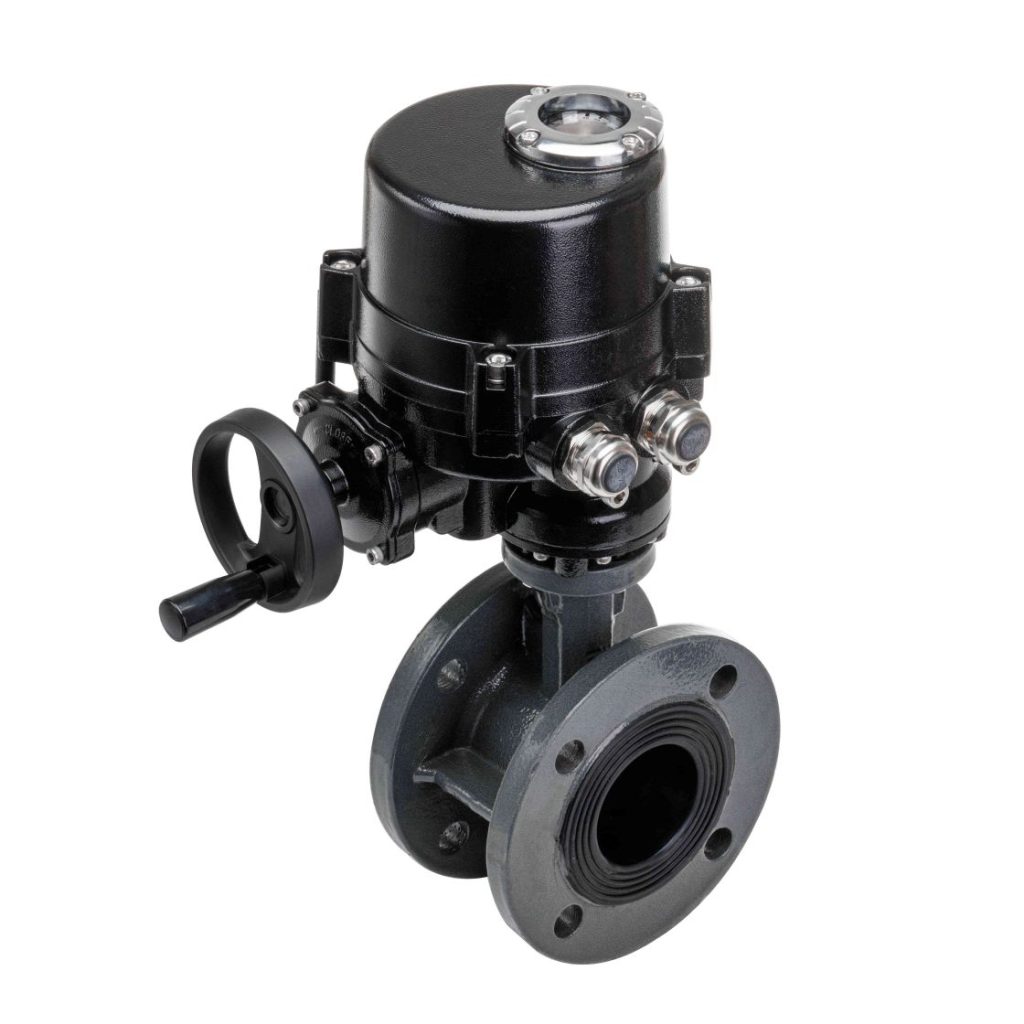The WCB Electric Flange Ball Valve is a critical component in the modern industrial landscape, especially in applications requiring precise flow control, automation, and system efficiency. As industries continue to move towards automated processes, the need for reliable and durable control valves has become more prominent. The WCB Electric Flange Ball Valve, made from WCB carbon steel material, has emerged as a go-to solution in many fields, from water treatment plants to chemical processing and energy sectors. This article delves into its features, working principles, applications, and advantages, highlighting why it is an indispensable tool in automated industrial systems.

What is a WCB Electric Flange Ball Valve?

The WCB Electric Flange Ball Valve is a type of ball valve equipped with an electric actuator. It is designed to control the flow of fluids within a pipeline, offering quick and precise control over flow rates and pressures. “WCB” refers to the carbon steel material used for the body of the valve, known for its strength, durability, and resistance to moderate temperatures and pressures. The valve has flanged connections, making it easier to integrate into pipeline systems. The electric actuator attached to the valve is responsible for driving the valve mechanism. It converts electrical signals into mechanical action, opening or closing the valve with great accuracy. The use of electric actuators enables remote or automatic control, making it ideal for systems that require frequent adjustments or are difficult to access manually.
